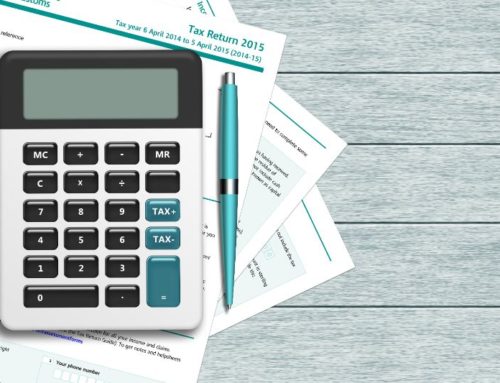 We all know the importance of incentivising people to ensure that their performance and loyalty is being rewarded, but few people are clear on what is the best way to structure such an incentive plan.
We all know the importance of incentivising people to ensure that their performance and loyalty is being rewarded, but few people are clear on what is the best way to structure such an incentive plan.
Before deciding which incentive scheme to set up you need to think through what you’re aiming to do.
Is it to get a few key staff members to work harder? Or is it to improve the way the team is interacting and working together? Or is it to retain staff over the initial years when money incentives might be hard to pay out?
Depending on your aim (and what administration burden you are prepared to take on), there are different schemes to suit your need. Sometimes it might even make sense to have a combination of incentive schemes in place to get the best out of your staff.
“However, the problem that employers face with profit share arrangements and offering bonuses is that neither option actually helps to encourage staff retention. This is why employee share option schemes are very popular.”
A profit-share plan:
This is one of the easiest schemes to set up and to maintain. This operates by simply announcing that a certain proportion of the profit will be allocated amongst employees in a pre-defined way. The negative aspect of a profit share plan is that when everyone receives the same bonus this can potentially act as a de-motivator (rather than incentive) to high achievers.
Any share of profits would be subject to income tax and NI contributions.
An individual bonus scheme:
These are a bit more complicated to set up and to maintain. The difficulty is to ensure that it’s fair and easy to measure the goals and achievements. If the perception is that the bonus isn’t fair or the basis for allocation is vague, the result might damage morale. However, for key members of staff and for roles where it is easy to measure achievements this is a very effective incentive scheme.
Any share of profits would be taxed through payroll, hence attract both subject to income tax and NI contributions.
However, the problem that employers face with profit share arrangements and offering bonuses is that neither option actually helps to encourage staff retention. This is why employee share option schemes are very popular.
Employee share option schemes (including the very popular “EMI” share scheme):
For high growth companies or startups, a share option scheme (such as the EMI scheme) might be a better way to incentivise staff to work harder and to stay with the company, whilst improving staff retention at the same time. To obtain the tax perks with an EMI scheme, which is the most common and most tax efficient share option scheme for small businesses, employees would not suffer any tax when the options are granted and any future profits on disposal would be subject to capital gains tax (rather than the more punitive income tax and NI).
Compared to the other incentive schemes mentioned earlier, employee share schemes are the most tax efficient scheme for the employee and are the best for the employer in terms of encouraging staff retention.
However, it is also the most complex of the three alternative options to set up and manage. The good news is that these setup costs are tax deductible for the company. If you would like to have some help tailoring an incentive scheme to your business needs, please contact Metric Accountants on 0203 5424990.





